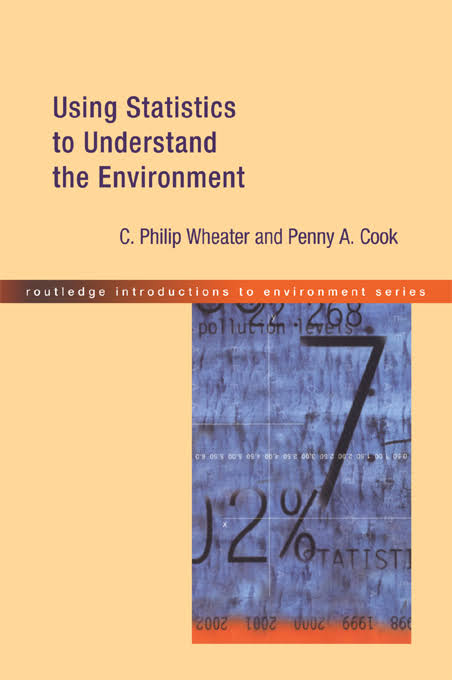| Week | Chapters/Sections | Topics covered | Remarks |
| Week 1 (Jan 11) | Chapter 1 | Introduction to Statistics | |
| Week 2 (Jan 18) | Chapter 2 | Descriptive Statistics | |
| Week 3 (Jan 25) | Chapter 2 | Descriptive Statistics | |
| Week 4 (Feb 01) | Chapter 3 | Hypothesis Testing, Data Transformation | |
| Week 5 (Feb 08) | Chapter 3 | Hypothesis Testing, Data Transformation | |
| Week 6 (Feb 15) | Chapter 1,2, 3 | Review; Exam I | |
| Week 7 (Feb 22) | Chapter 4 | Differences between two Samples | |
| Week 8 ( Feb Mar 01) | | Spring recess | |
| Week 9(Mar 08) | Chapter 5 | Differences between two Samples | |
| Week 10 (Mar 15) | Chapter 5 | Linear and Multiple regression | |
| Week 11 (Mar 22) | Chapter 6 | Logistic Regressionn | |
| Week 12(Mar 29) | Cchapte 4, 5 | Review; Exam II | |
| Week 13 (Apr 5) | Cchapte 6 | Analysis of Frequency Data | |
| Week 14 (Apr 12) | Chapter 6 | Analysis of Frequency Data | |
| Week 15 (Apr 19) | Chapter 7* | Differences Between more than one Samples | |
